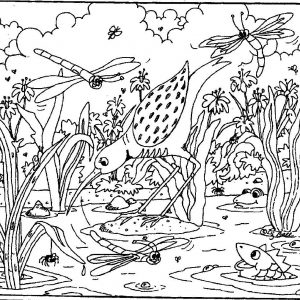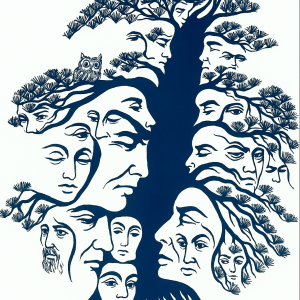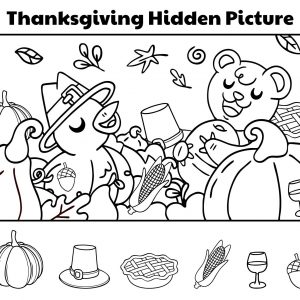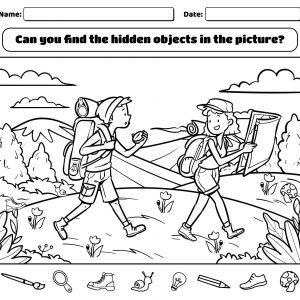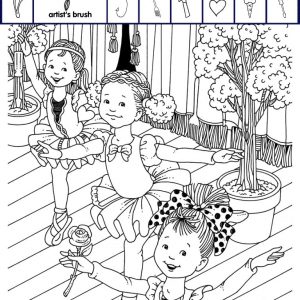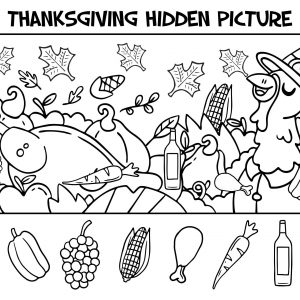A Puppy’s Playful Hide-and-Seek: Discovering Hidden Surprises in a Classic Puzzle
There’s something undeniably charming about hidden object puzzles. They mix curiosity with storytelling, and every discovery feels like a small victory. The illustration of Mary and Bill searching for their runaway puppy is a perfect example. At first glance, it looks like two children desperately looking around a tree, but a closer look reveals much more. This scene isn’t just about a lost puppy—it’s about sharp eyes, patience, and the joy of hidden details.
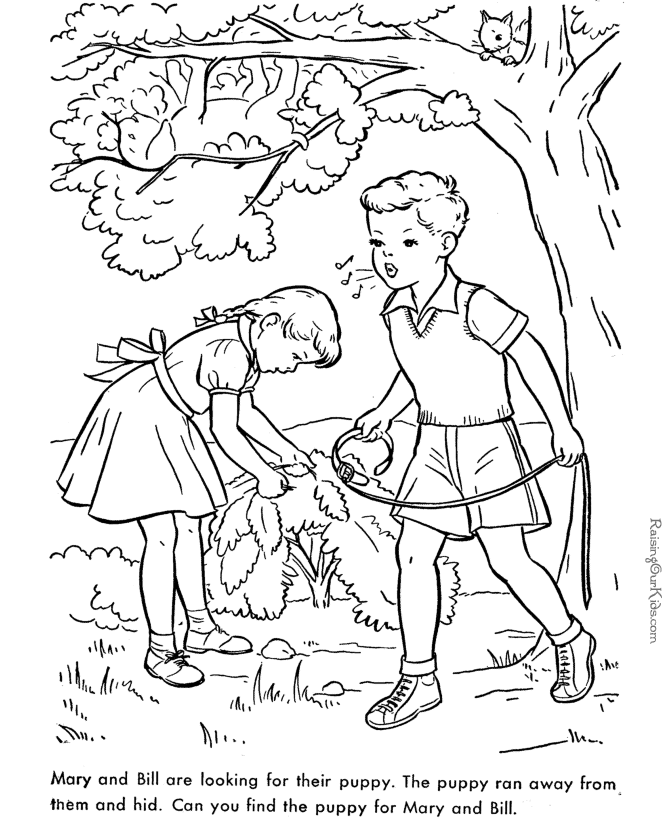
The Story Behind the Puzzle
The setup is simple yet delightful: Mary and Bill have lost their puppy. He has scampered away and hidden somewhere in the scene, leaving the kids to search. Bill is whistling, leash in hand, while Mary bends down to peek into the bushes. You can almost feel their concern and hope as they try to track down their furry friend. But of course, the puppy is right there—just not where you’d expect him to be.
Spotting the Hidden Puppy
Here’s the real challenge: the puppy isn’t in the bushes or the grass at all. Instead, he’s cleverly perched up in the tree, blending into the branches. It’s an unusual hiding spot that catches many puzzle solvers by surprise. This playful twist reminds us why hidden object puzzles are so addictive—they force us to think differently and question our assumptions. After all, who expects a puppy to climb a tree?

Why Hidden Object Puzzles Capture Our Attention
Puzzles like this aren’t just fun; they’re also great brain exercises. They keep us engaged by combining visual creativity with problem-solving. Here’s why they’re so irresistible:
- They sharpen focus. You need to pay close attention to tiny details in order to spot what’s hidden.
- They improve memory. As you scan the picture, you remember what areas you’ve already checked.
- They encourage creative thinking. Finding a puppy in a tree proves that sometimes the answer lies in the least obvious place.
It’s like training your brain while playing a game—a win-win.
The Emotional Connection in This Scene
One reason this puzzle feels so relatable is the emotional storytelling behind it. Kids searching for their pet isn’t just an activity—it’s a moment we can all connect with. Maybe you’ve experienced the panic of losing sight of your dog in the park or the joy of finding a missing cat hiding in a cupboard. The puzzle taps into that familiar feeling and adds a playful twist, making it both nostalgic and engaging.

Tips for Solving Hidden Object Puzzles
Want to get better at spotting hidden details? Here are a few simple tricks:
- Start broad, then zoom in. First, scan the whole scene to understand the bigger picture.
- Check unusual spots. Hidden objects are rarely in obvious places—look up, down, and behind.
- Look for outlines and patterns. The puppy’s ears, for example, are shaped differently than the leaves, which is your clue.
- Don’t rush. The fun is in the search—treat it like a game of hide-and-seek.

Why These Puzzles Appeal to Kids and Adults
For children, puzzles like this encourage observation skills and patience. They also add a sense of excitement, almost like being a detective on a mission. For adults, they’re both nostalgic and relaxing. They remind us of simpler times while also giving our brains a playful challenge. Families can even solve them together, turning the search into a shared adventure.
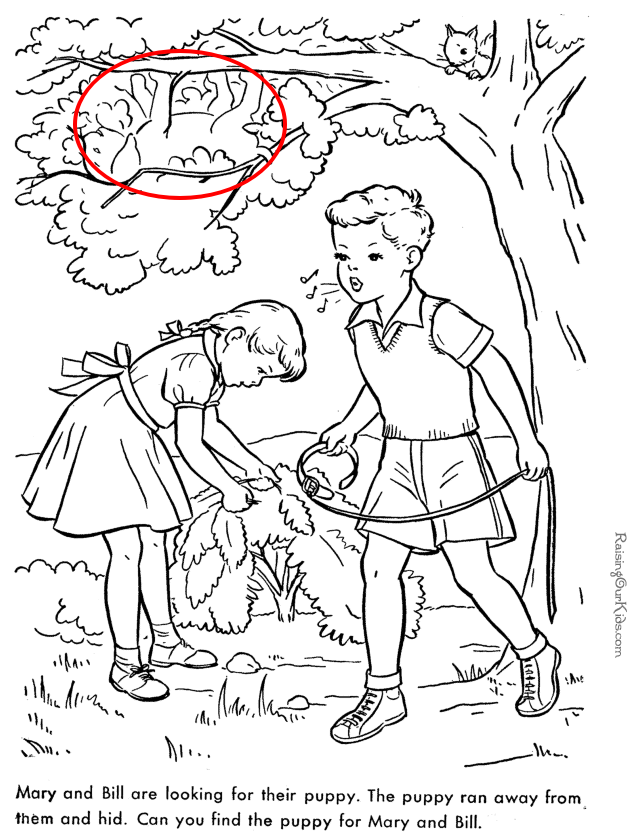
Conclusion: The Hidden Joy in Every Puzzle
The story of Mary, Bill, and their runaway puppy is more than just a drawing—it’s a clever puzzle that brings out our curiosity, observation, and sense of play. The surprise of finding the puppy in the tree teaches us to look beyond the obvious, while the charm of the scene keeps us smiling.
In the end, hidden object puzzles like this remind us that life’s little surprises are often tucked away in unexpected places. All it takes is a careful eye, a curious mind, and a willingness to look twice. And just like Mary and Bill, when we finally find what we’re searching for, the joy makes the whole hunt worthwhile.
